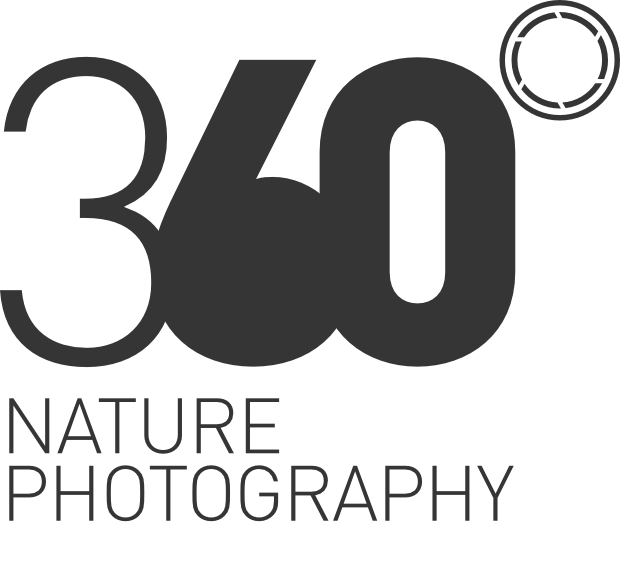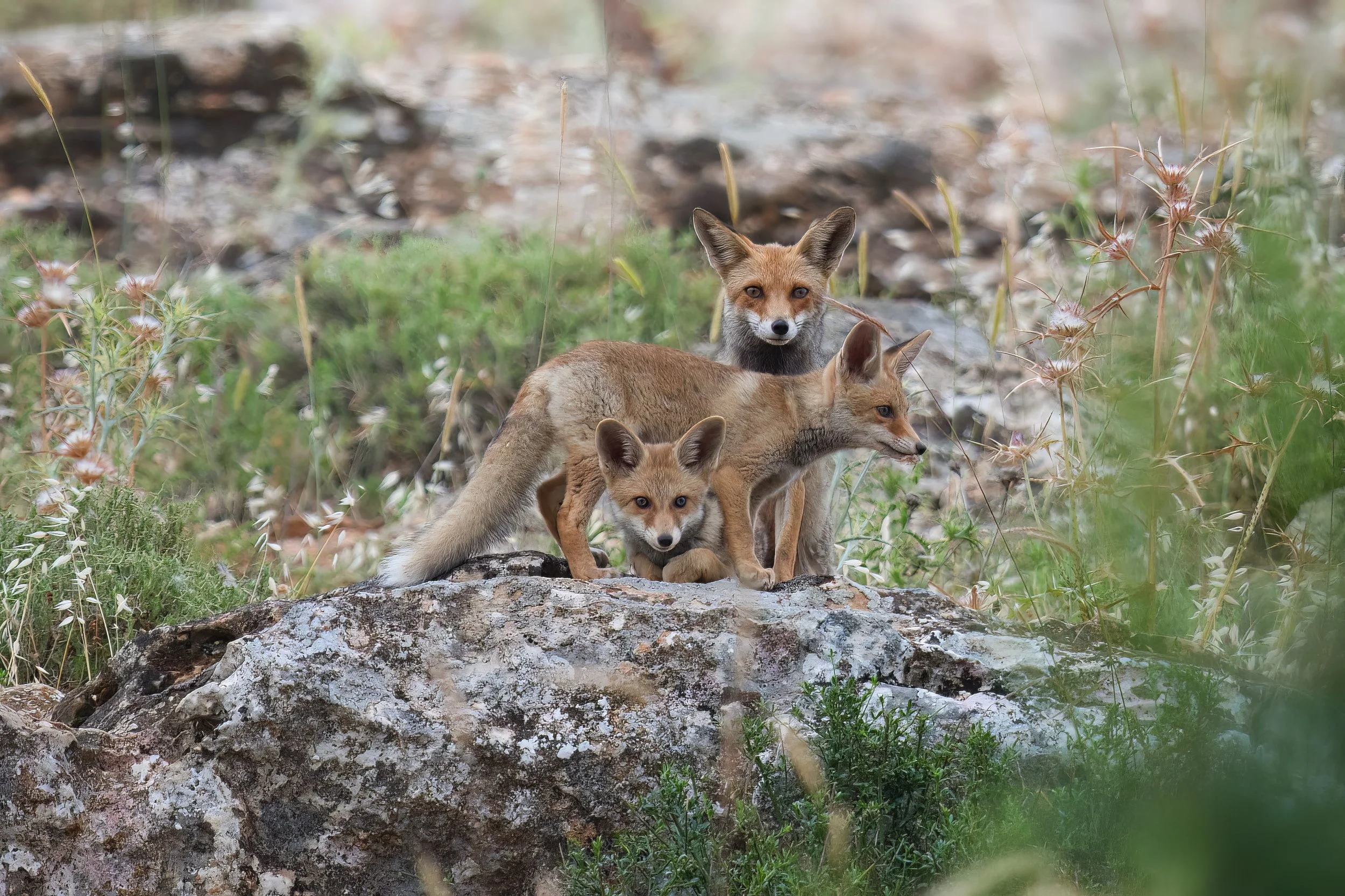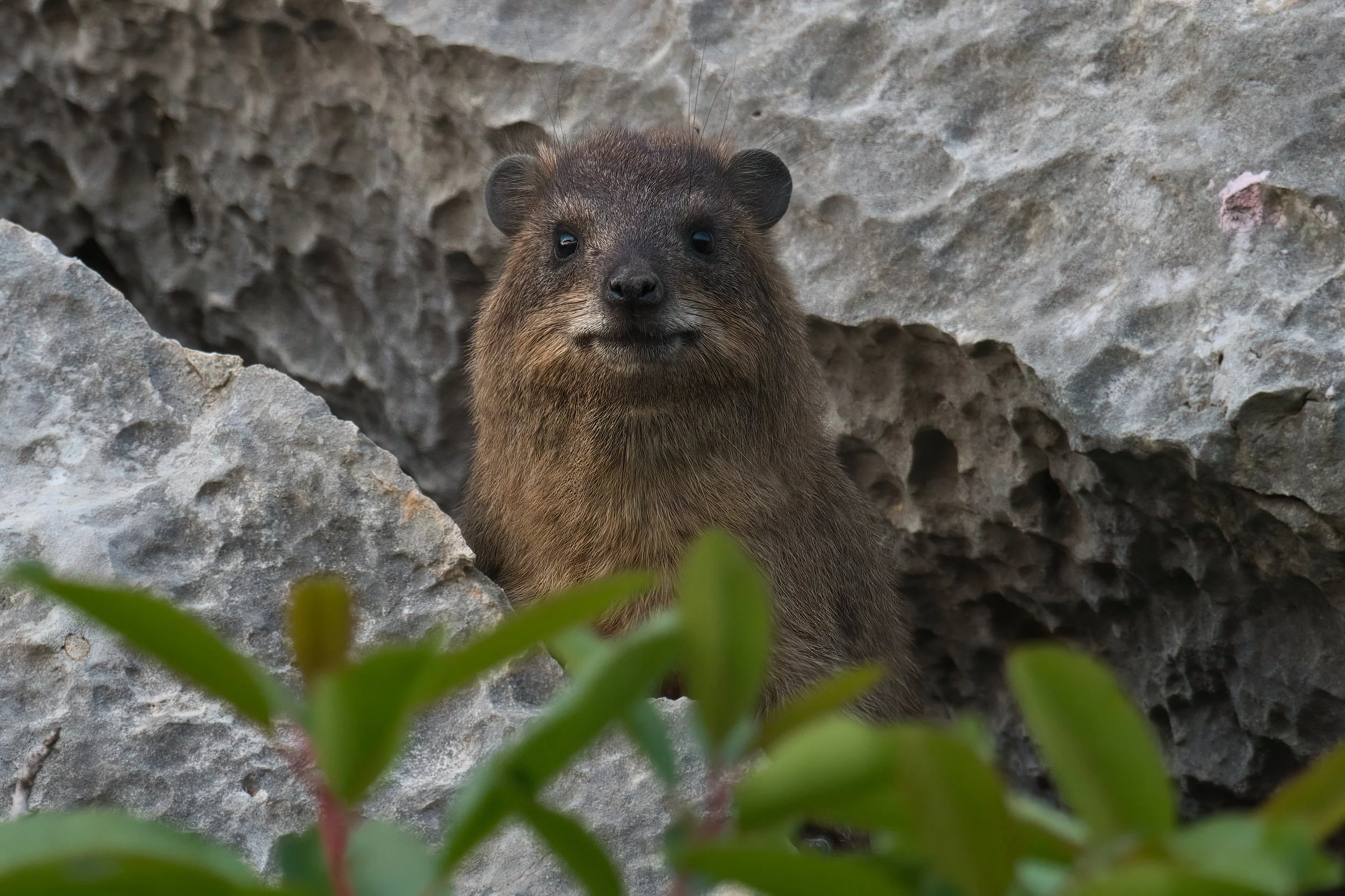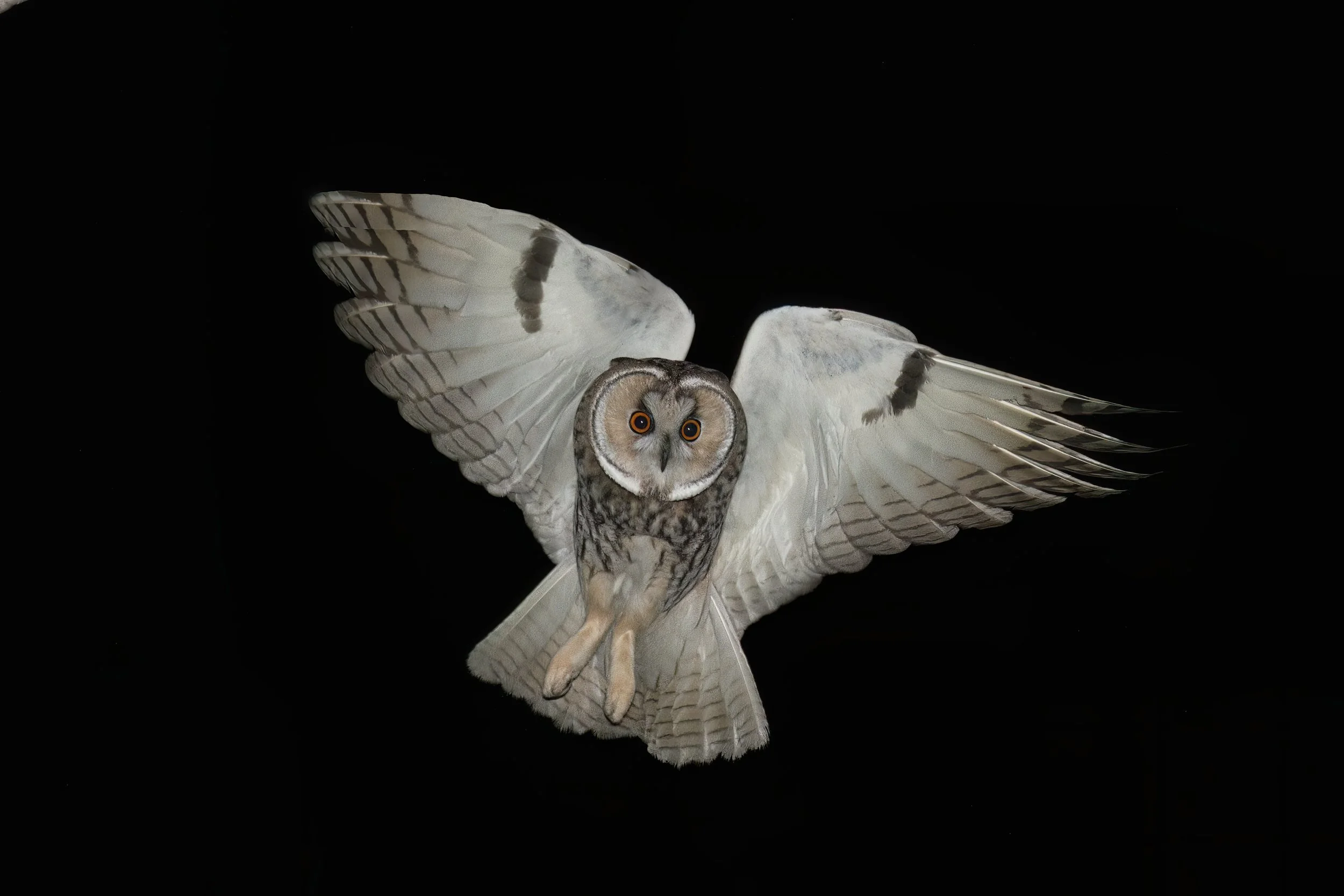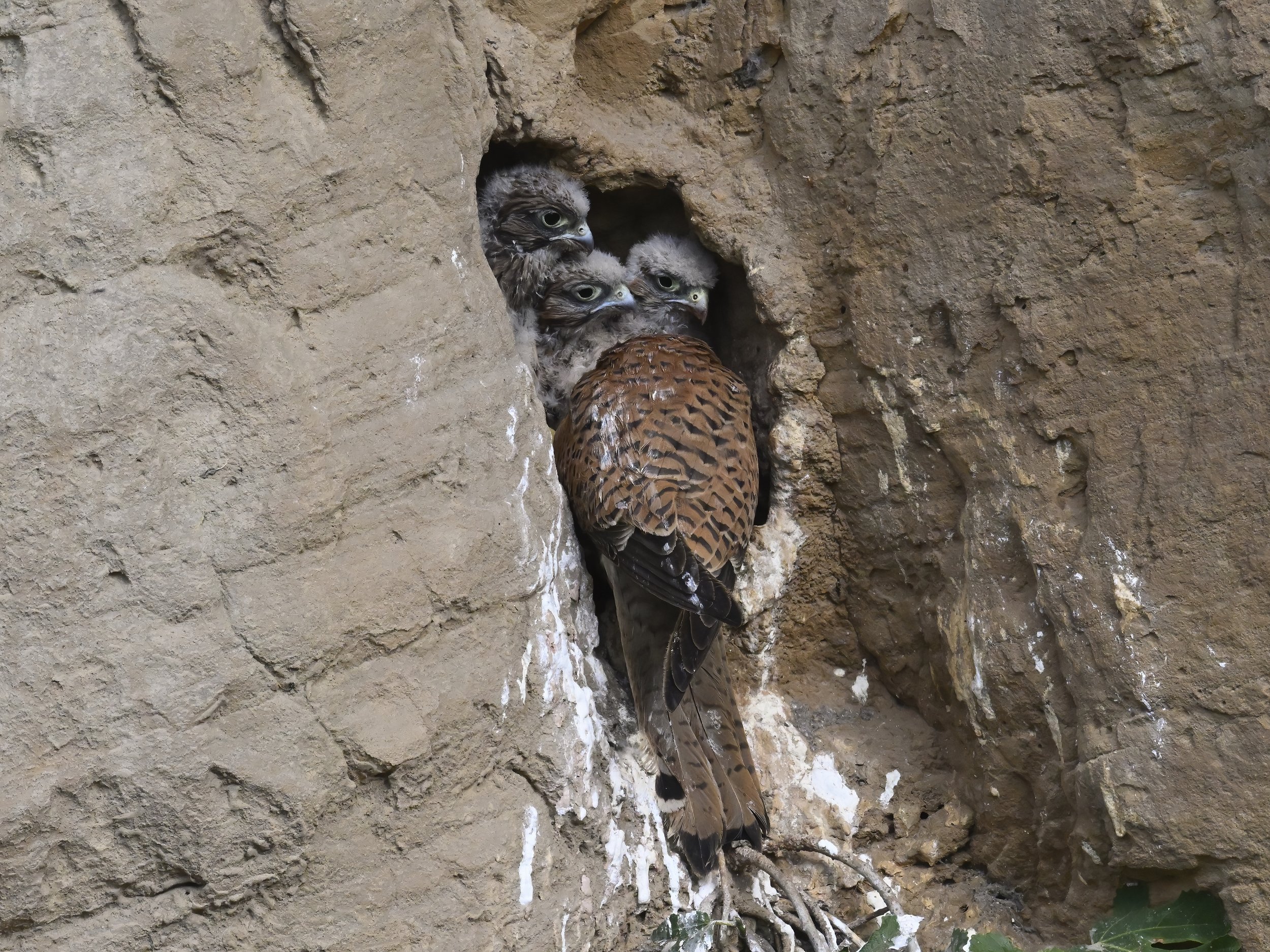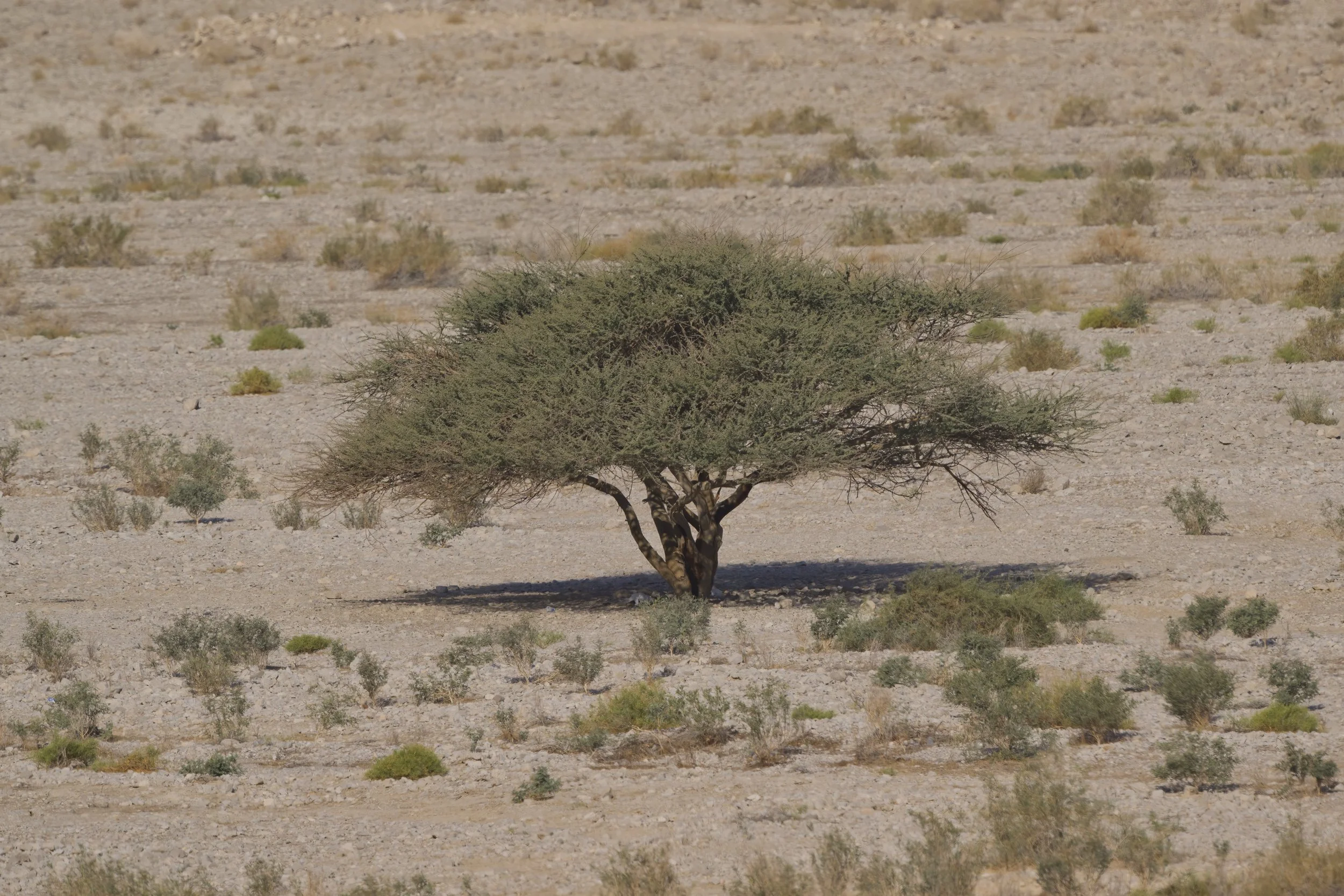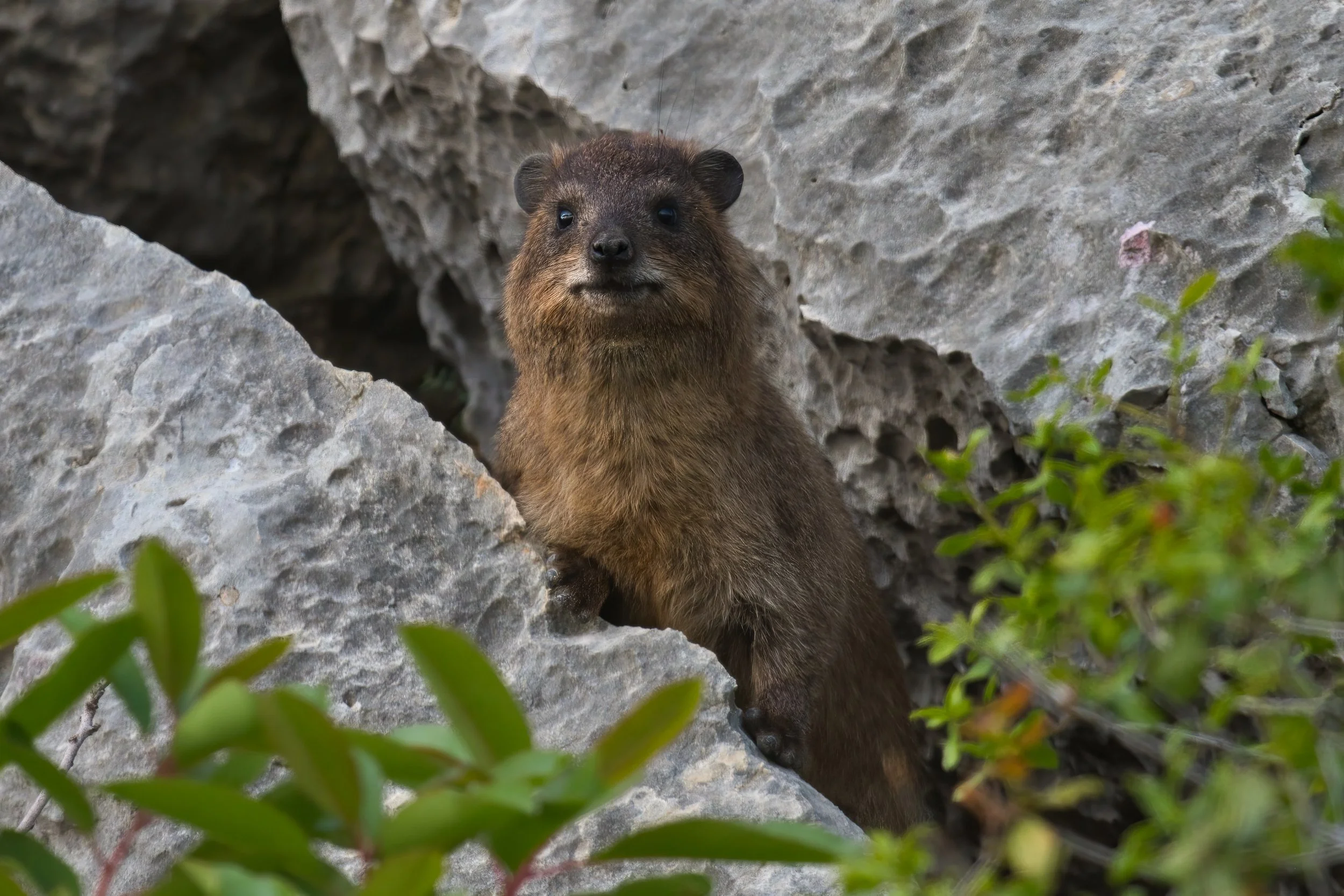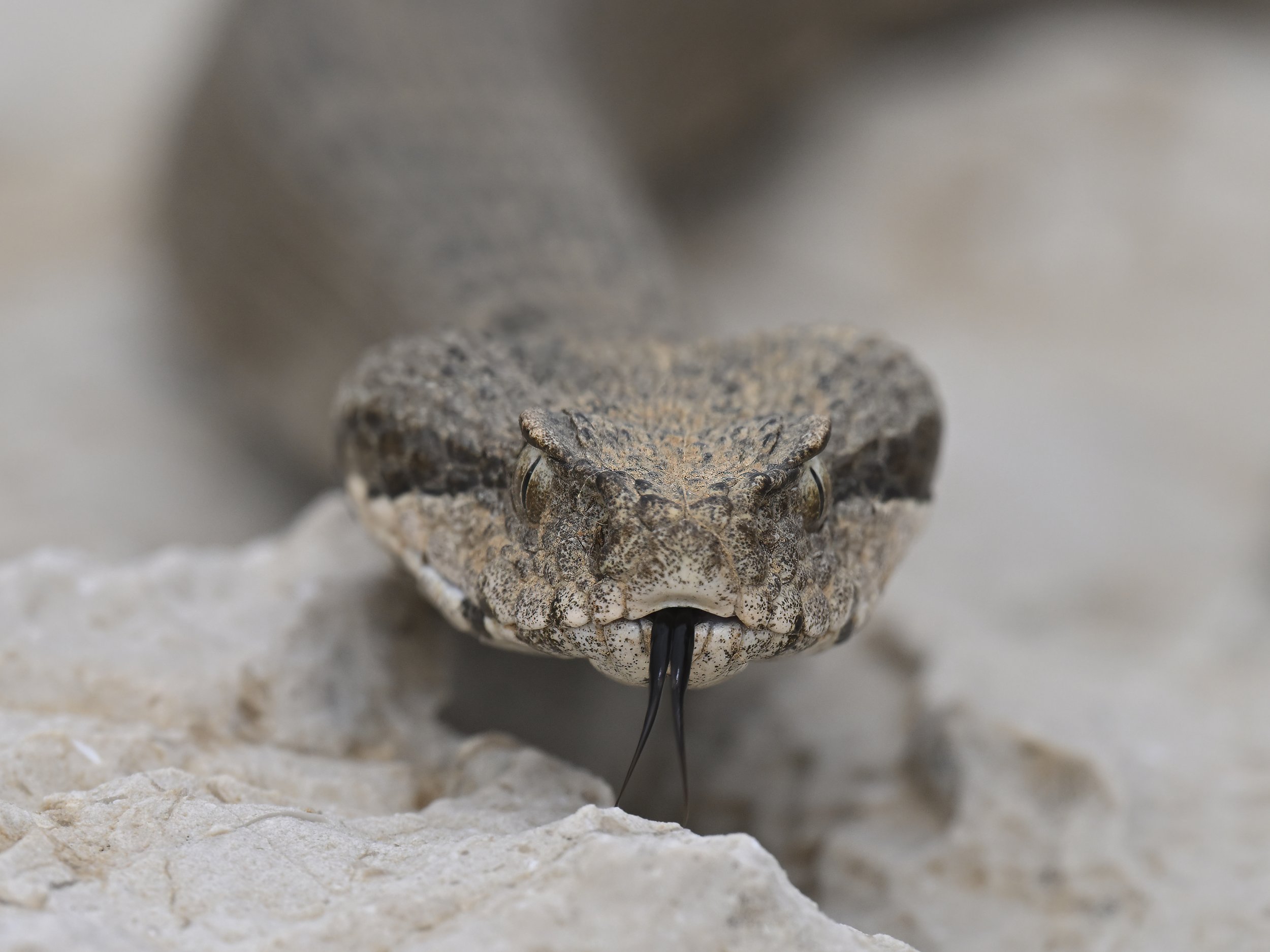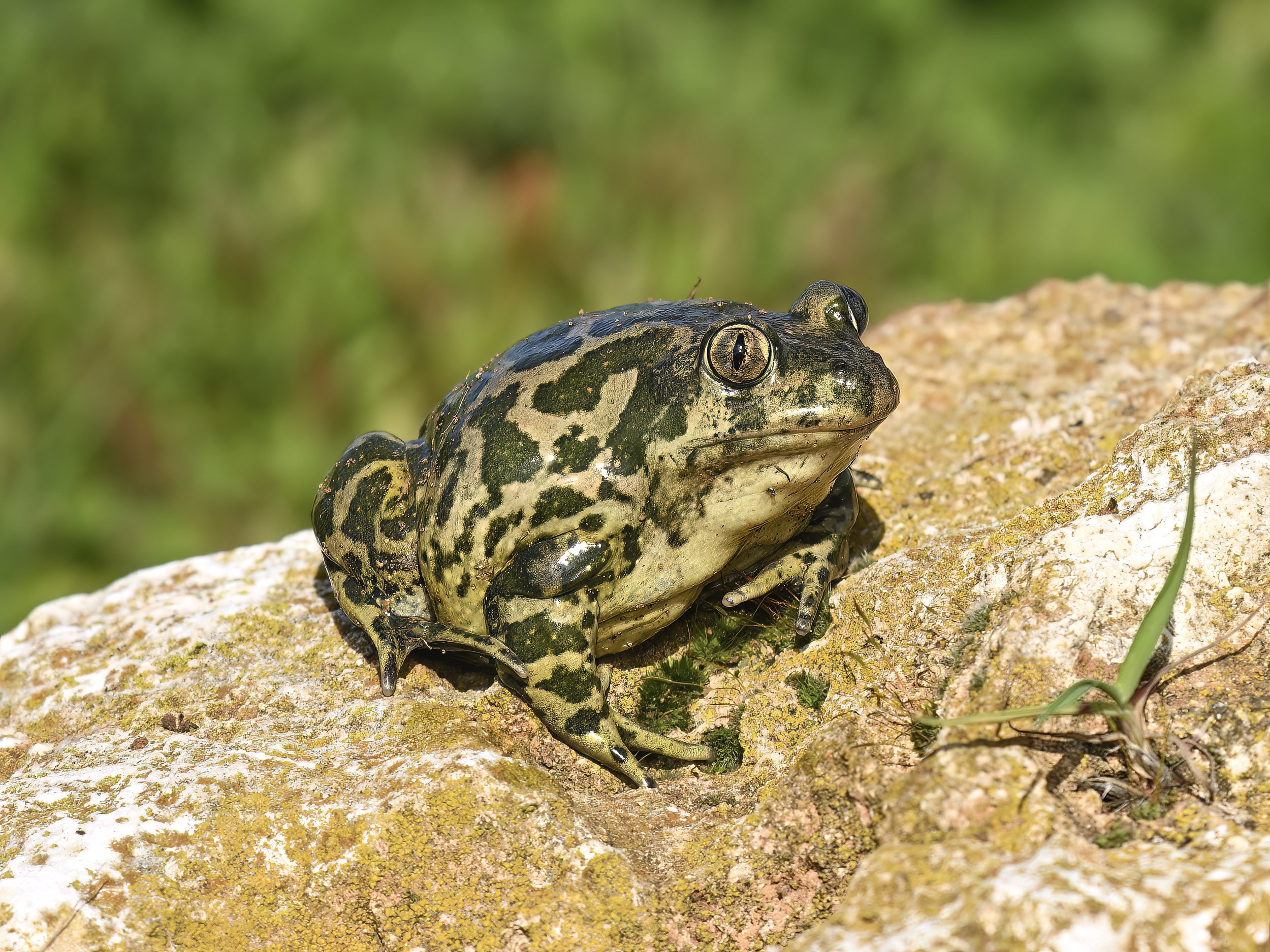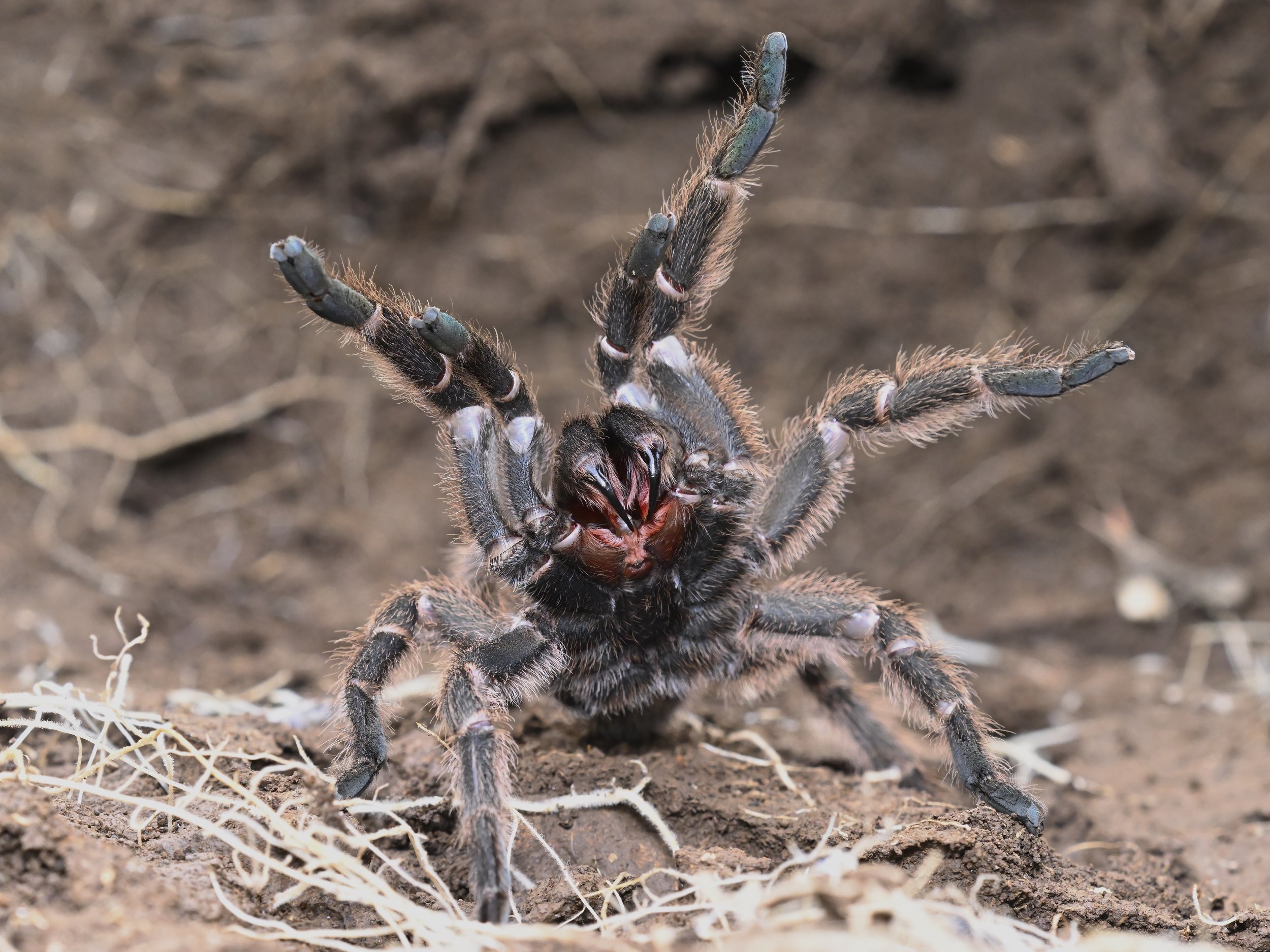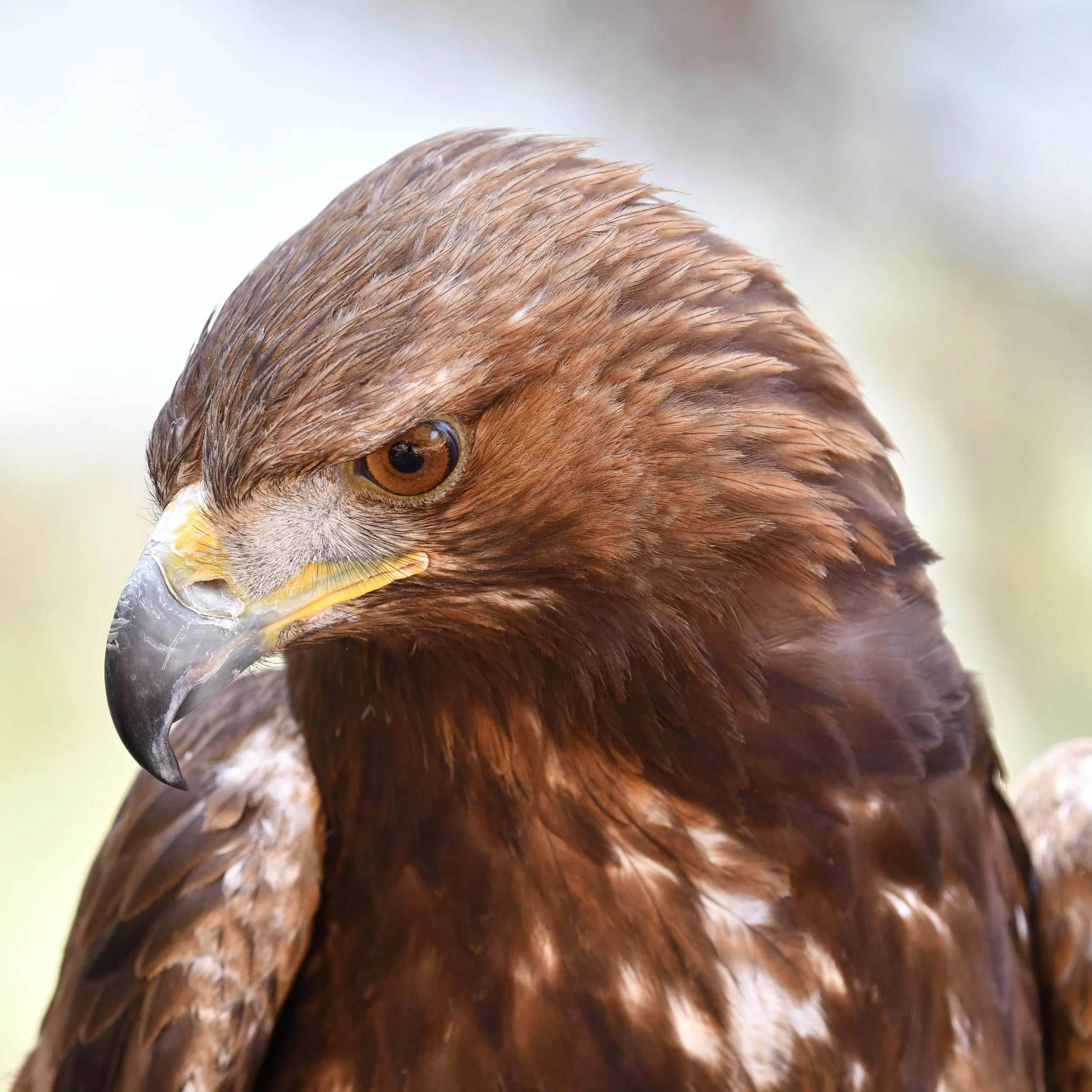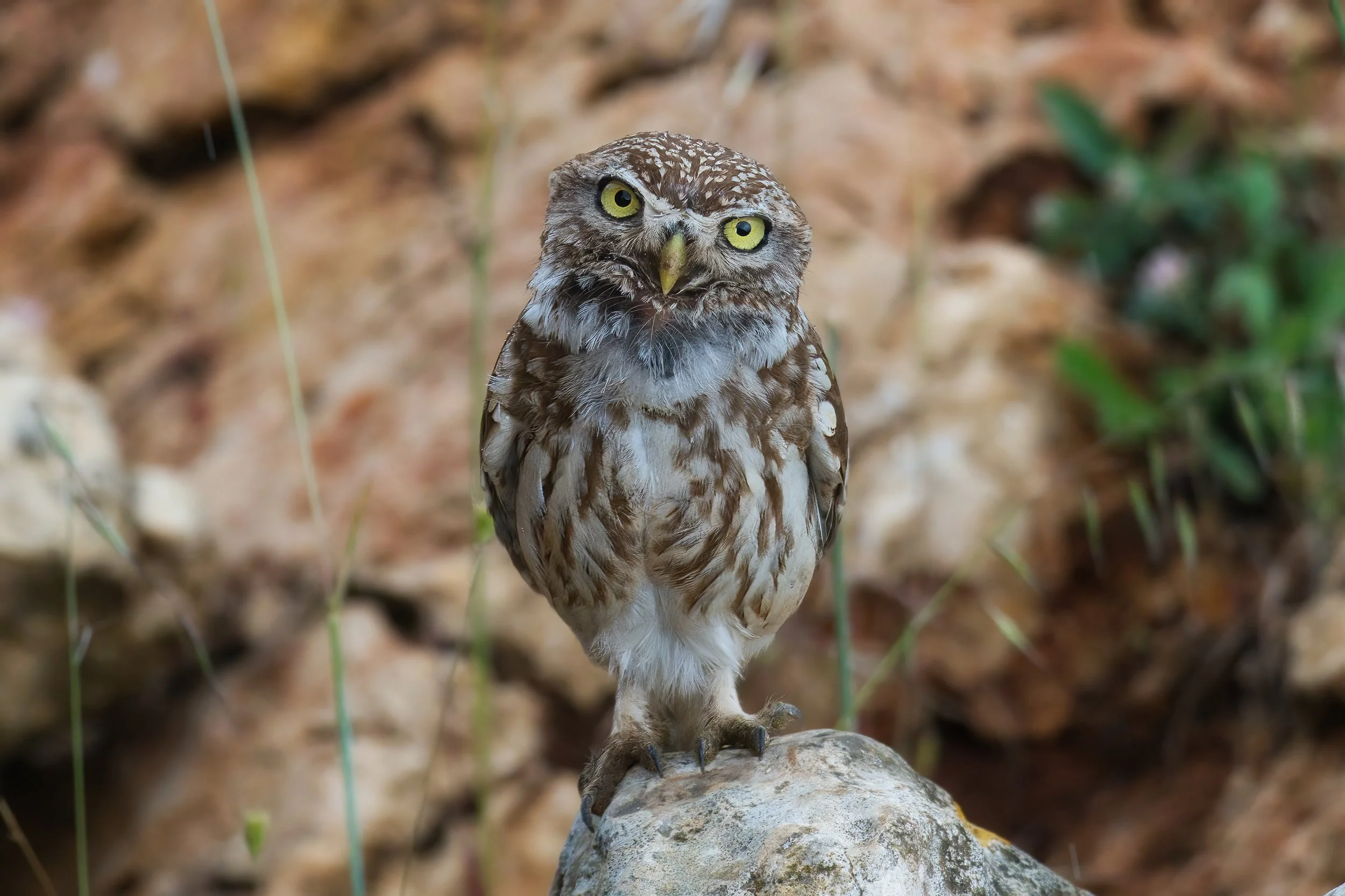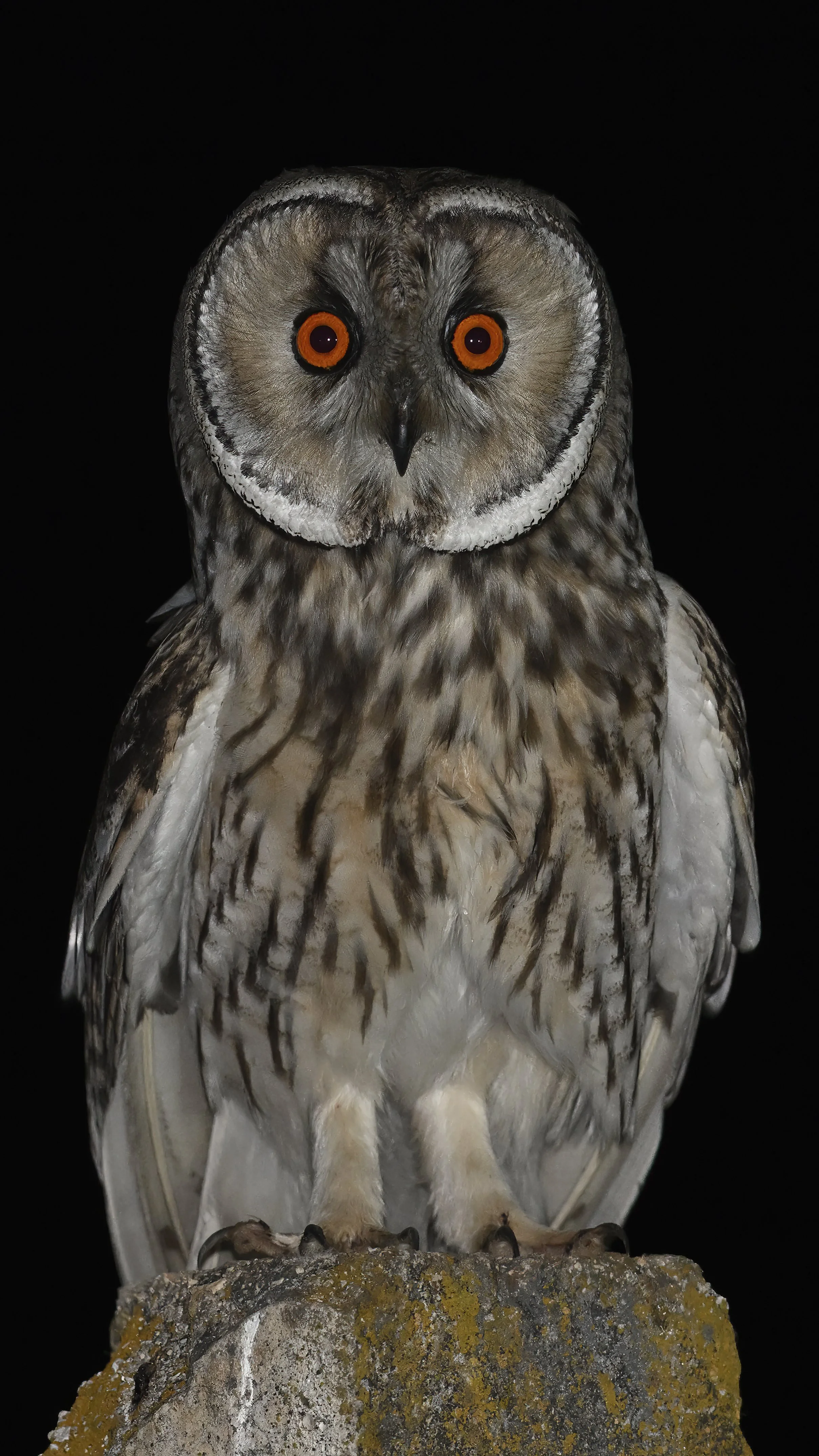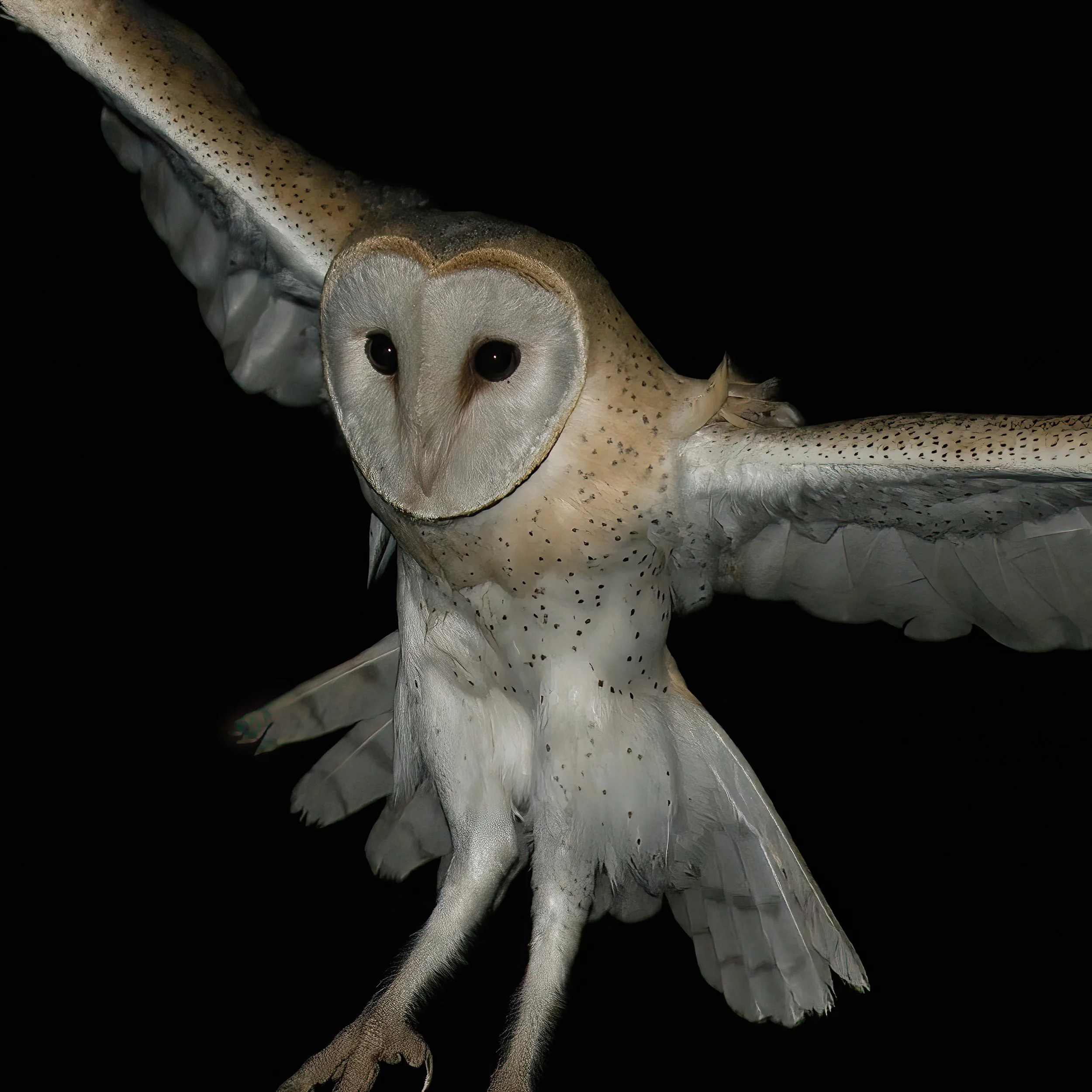Owl Eye Colors / ألوان عيون البوم
The eye color of owls is indeed fascinating and ties closely to their behavior and ecological niche. Here's a more detailed look at the eye color variations in owls and their implications:
Yellow Eyes
Little Owl
Examples: Snowy Owl, Great Gray Owl, Great Horned Owl، Little Owl.
Activity: Diurnal (active during the day).
Adaptations: Yellow-eyed owls have adaptations that allow them to hunt effectively during daylight hours. Their eye color reflects a certain level of melanin that is optimized for day vision, allowing them to see clearly in bright light.
Orange Eyes
Long-eared Owl
Examples: Eurasian Eagle Owl, Long-eared Owl, American Barn Owl (some individuals).
Activity: Crepuscular (active during twilight, i.e., dawn and dusk).
Adaptations: Owls with orange eyes are adapted to low light conditions found during dawn and dusk. This eye color indicates a balance between the adaptations for daylight and nighttime vision, giving them flexibility in their hunting habits.
Dark Brown or Black Eyes
Barn Owl
Examples: Barn Owl, Barred Owl, Spotted Owl.
Activity: Nocturnal (active during the night).
Adaptations: Dark-eyed owls have a higher amount of melanin in their eyes, which aids in reducing glare and enhancing contrast in low light conditions. This adaptation is crucial for hunting in the dark, as it maximizes their ability to detect and capture prey under the cover of night.
Additional Factors
Eye Structure: Owl eyes are large and tubular, which allows for a larger cornea and pupil. This structure helps them gather more light, crucial for their vision in low-light conditions. Their eyes are fixed in their sockets, so owls must turn their entire head to change their field of view. This limitation is offset by their ability to rotate their heads up to 270 degrees.
Tapetum Lucidum: Many nocturnal owls have a reflective layer behind their retinas called the tapetum lucidum. This layer enhances their night vision by reflecting light that passes through the retina back into their eyes, giving them a second chance to detect it.
Hunting Techniques: The eye color can also correlate with their hunting strategies. Nocturnal owls often rely more on hearing and silent flight to catch prey, whereas diurnal owls might use more visual cues.
Overall, the eye color of an owl is a direct reflection of its adaptation to its environment and lifestyle. Each color provides specific benefits that enhance the owl's ability to hunt and thrive in its particular niche.
لون عيون البوم هو شيئ مثير للإعجاب ويرتبط بشكل وثيق بسلوكهم والبيئة التي يعيشون فيها، إليك نظرة مفصلة على اختلاف ألوان عيون البوم ودلالاتها
العيون الصفراء
البومة الصغيرة
الأمثلة: بومة الثلج، بومة القرون الكبيرة، البومة الصغيرة
النشاط: نهارية (نشطة خلال النهار)
التكيفات: البوم ذو العيون الصفراء يمتلك تكيفات تتيح له الصيد بفعالية خلال ساعات النهار، لون عيونهم يعكس مستوى معين من الميلانين الذي يكون مثالياً للرؤية في الضوء الساطع، مما يسمح لهم بالرؤية بوضوح في ضوء النهار
العيون البرتقالية
بومة الأذان الطويلة
الأمثلة: بومة النسر الأوروبية، بومة الأذان الطويلة
النشاط: شفقية (نشطة خلال الفجر والغسق)
التكيفات: البوم ذو العيون البرتقالية متكيف مع ظروف الإضاءة المنخفضة الموجودة خلال الفجر والغسق. هذا اللون من العيون يشير إلى توازن بين تكيفات الرؤية النهارية والليلية، مما يمنحهم مرونة في عادات الصيد
العيون البنية الداكنة أو السوداء
بومة الحظائر
الأمثلة: بومة الحظائر، بومة البراري، بومة الرصد
النشاط: ليلية (نشطة خلال الليل)
التكيفات: البوم ذو العيون الداكنة لديه كمية أعلى من الميلانين في عيونه، مما يساعد في تقليل الوهج وتعزيز التباين في ظروف الإضاءة المنخفضة. هذا التكيف مهم جدًا للصيد في الظلام، حيث يعزز قدرتهم على اكتشاف وصيد الفريسة تحت غطاء الليل
عوامل إضافية
هيكل العين: عيون البوم كبيرة وأنبوبية الشكل، مما يسمح بقرنية وحدقة أكبر. هذا الهيكل يساعدهم في جمع المزيد من الضوء، وهو أمر حاسم لرؤيتهم في ظروف الإضاءة المنخفضة. عيونهم مثبتة في محاجرها، لذلك يجب أن يدير البوم رأسه بالكامل لتغيير مجال رؤيته. هذه القيود يعوضها قدرتهم على تدوير رؤوسهم حتى 270 درجة
التابيتوم لوسيدوم: العديد من البوم الليلي يمتلك طبقة عاكسة خلف شبكية العين تسمى التابيتوم لوسيدوم. هذه الطبقة تعزز رؤيتهم الليلية عن طريق عكس الضوء الذي يمر عبر الشبكية إلى أعينهم، مما يمنحهم فرصة ثانية لاكتشافه
تقنيات الصيد: لون العيون يمكن أيضًا أن يتوافق مع استراتيجيات الصيد الخاصة بهم. البوم الليلي غالبًا ما يعتمد أكثر على السمع والطيران الصامت لاصطياد الفريسة، في حين أن البوم النهاري قد يستخدم مؤشرات بصرية أكثر
بشكل عام، لون عيون البوم هو انعكاس مباشر لتكيفهم مع بيئتهم وأسلوب حياتهم. كل لون يوفر فوائد محددة تعزز قدرة البوم على الصيد والبقاء في بيئتهم الخاصة.

